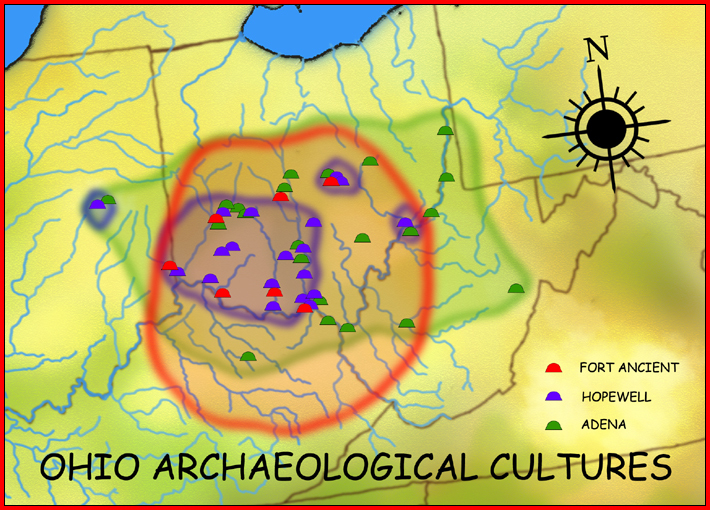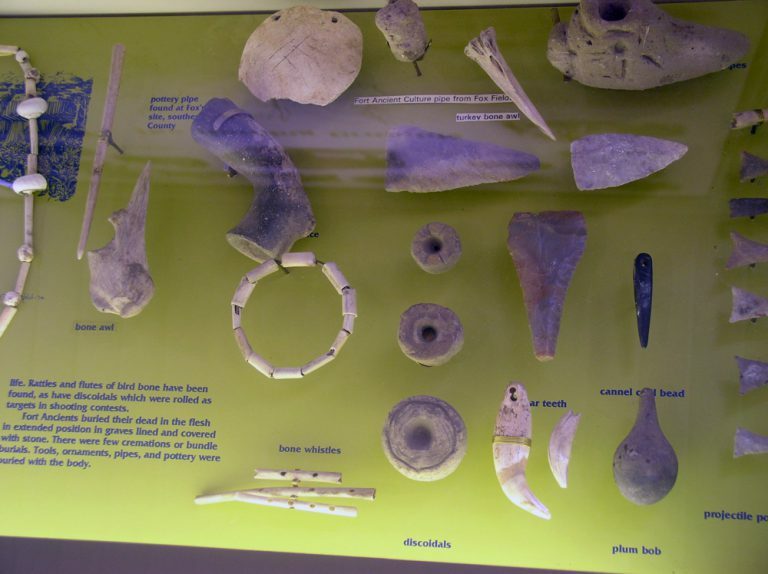Tribes of the Ohio River

Chilo Lock 34 Site Manager
Descended from settlers of the first Ice Age, diverse tribes of Native Americans settled the Ohio River Valley and created their own unique cultures and traditions.
For thousands of years these tribes lived along the Ohio and Little Miami rivers, which served as a source of food, water and other vital resources.
Arriving in what would become southwestern Ohio around 10,000 B.C. the Paleoindians were the first people to settle the region. They established hunter-gatherer communities near the Little Miami.
The wooded area provided plants and berries as a food sources. They hunted waterfowl and other animals using weapons fashioned from stones found along the streambed. Over the next 4,000 years, climate and environmental changes in the area impacted local tribes.

By 6000 B.C. Paleoindian Culture developed into what is known as the Archaic Culture.
Much like the Paleoindians, the Archaic Culture thrived in the region as a nomadic hunter-gatherer society. However – between 1,500 and 500 B.C. – the culture began developing farming practices and cultivating local seeds, squash, and gourds.
Called the Woodland Culture, this era of innovation also saw the emergence of pottery and the building of earthen mounds. These mounds still exist throughout southwest Ohio from Yellow Springs to just outside Neville, near the Clermont County Park District’s Chilo Lock 34 Park.
The Adena and Hopewell Indians were among the first tribes to practice mound building, a tradition that was later carried on by the Fort Ancient Culture between 1000 and 1650 A.D.
Farming played an important role for the Fort Ancient people. They harvested corn, squash and beans while hunting wild animals for meat. They used other parts of the animals to make tools. Their resourcefulness allowed them to transform turtle shells into bowls, antlers into arrowheads and mussel shells into knives and spoons.
By the time European explorers first encountered the Ohio Valley in the 1700s, the Fort Ancient culture no longer inhabited the region. The Miami tribe moved south from the Great Lakes and settled the area around 1700. The Shawnee joined the Miami as European settlers pushed westward.
Following the American victory in the Revolutionary War, settlers continued westward, resulting in several clashes along the frontier. Tribes in Ohio defended their land against the ever-increasing settlers.
Even though the Europeans pushed tribes westward, the Native American legacy and impact remain in southwest Ohio.
Want to learn more? Join Park District naturalist Robin Green from 10 a.m. to noon Nov. 20 or 21 at Sycamore Park in Batavia for a Native American Life program. https://www.facebook.com/events/471197793746506/?event_time_id=471197803746505

